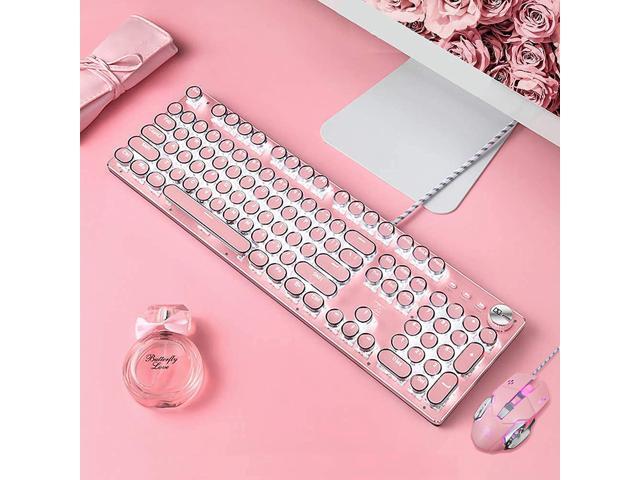


You’re a hardcore wickhead and source candles from Alysia Mazzella and Cottagecore Black Folks. You just can’t deny the appeal of dark woods, gingham print, and a toile pattern! Maybe you carry some (white) guilt about the unforgivable actions of your ancestors and as a way of making amends for the crimes of colonialism, you’re a loyal customer to small businesses like Salter House and you appreciate their efforts to provide nuance within the framing of these historical narratives. “She likes a tasteful nod to her patriotism.” There’s no way around it: If your home emulates Felicity, then you’re flirting with a colonial theme. “She’s our revolutionary girl so she’s into some Americana elements,” says Lydia. $320 at Lichen Felicity (1774): Contemporary Colonialįelicity Merriman gets a bad rep as a colonizer because her story begins in 1774, but AG stans know that she was on the right side of history. Similar to the content of this tweet, sometimes I catch myself doing a double take when I get dressed and have to ask myself, Is this look giving Samantha? Obviously each character represented a different time period, so the clothing and accessories had to be authentic to that era. If you digested the American Girl catalogs as much as I did as a kid, you’ll recall how every doll had her own distinct decor theme. In 1998, American Girl Place experience shops debuted in Chicago and locations in New York City and Los Angeles followed Nancye Green of Donovan/Green had the honor of designing the experience for these retail destinations. When founder Pleasant Rowland introduced the first collection, her mission was to inspire girls “to make their own positive mark on the world” through the power of original storytelling from the perspective of aspirational characters with relatable flaws that overcame real struggles. Since 1986, American Girl dolls have bridged the gap between education and entertainment for children whose parents could afford the expense.


 0 kommentar(er)
0 kommentar(er)
